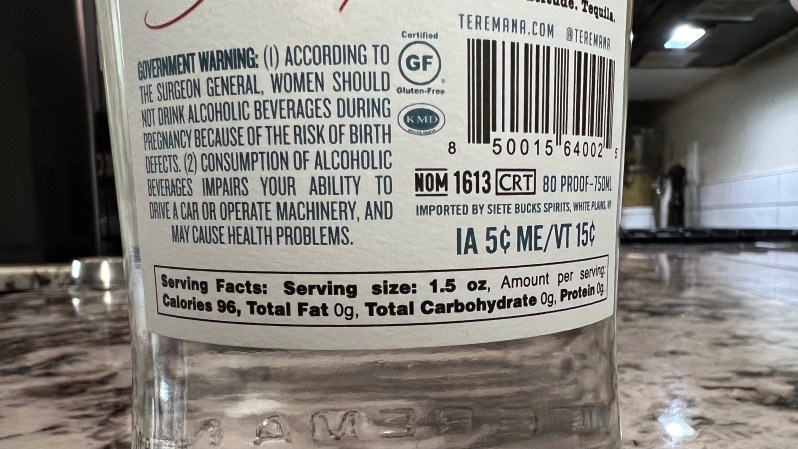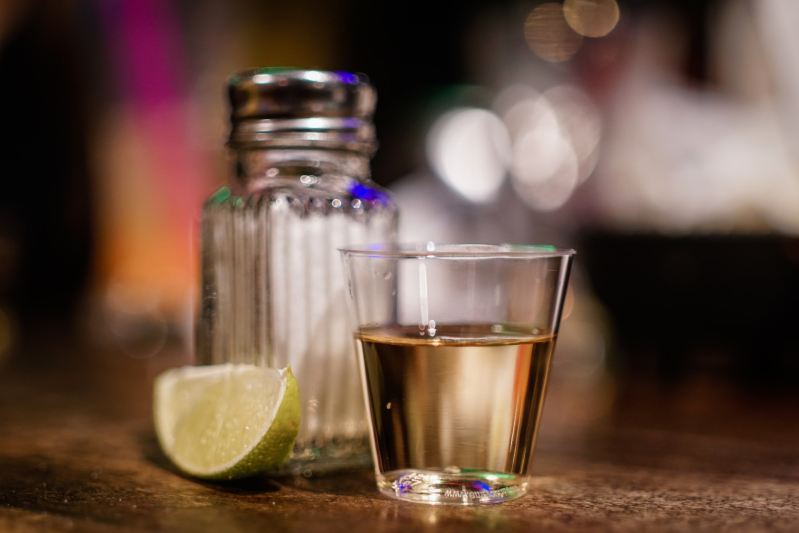It’s no secret that tequila has been gaining speed in the American popularity contest for a few years now. With every other celebrity slapping their name on labels, a wave of trendy tequila cocktails sweeping the nation, and an ever-growing appreciation for the spirit’s many fine qualities, this sweet agave spirit couldn’t be hotter. And while this is fantastic news whether you’re new to tequila or have been around for a while, it does come with the downside of confusion in a now heavily saturated market.
Knowing good tequila from cheap party swill is more complicated than just checking the price tag. But how do you tell the good from the bad? The savor-every-sip-in-its-complex-richness versus the two-dollar-shot-and-a-hangover-worse-than-death brands? Thankfully, there’s a secret code printed on the backs of tequila bottles that reveals everything you need to know.

How to choose the best tequila
A NOM (Norma Oficial Mexicana) is a four-digit numerical code printed on the back of every bottle of tequila. That number represents the distillery from whence the tequila was made. As is required by Mexican law, every tequila brand must disclose its NOM, which, if you know what to look for, can reveal the product’s legitimacy and quality.
Every NOM directly corresponds to a specific tequila distillery located in one of the five authorized tequila states in Mexico: Guanajuato, Jalisco, Michoacan, Nayarit, or Tamaulipas. By searching a bottle’s NOM online on sites such as Tequila Matchmaker, a person can decipher exactly where the tequila was made.
A NOM can also reveal which brands also share the same distillery. That’s right — while there are over 3,000 tequila brands on the market, there are fewer than 200 distilleries located within the Denomination of Origin. So there’s more overlap than you might suspect. Some NOMS are associated with hundreds of tequila brands, indicating perhaps a lower quality product as these enormous distilleries are often known for using additives in their products to create detectable taste differences between the brands they produce. Whereas smaller, family-owned distilleries will carry their own unique NOM.
And if you’re a real tequila nerd (like we are), researching a bottle’s NOM will also tell you that particular distillery’s location, whether or not they offer tours, the equipment they use for the distillery process, aging techniques, and even their sources of water. You can read reviews of the product and even view photos of the distillery itself. So grab that bottle of tequila you’ve got on the bar cart and do a little digging. You might learn something.




